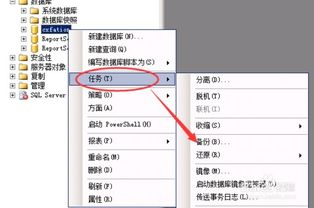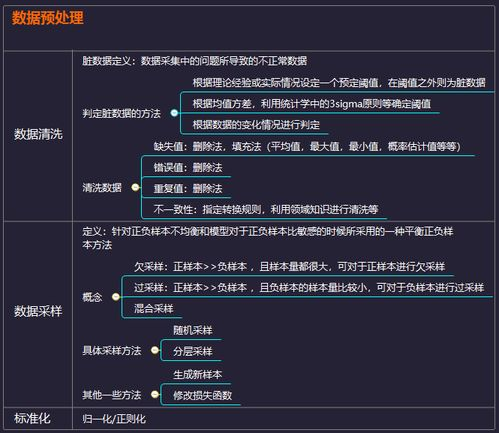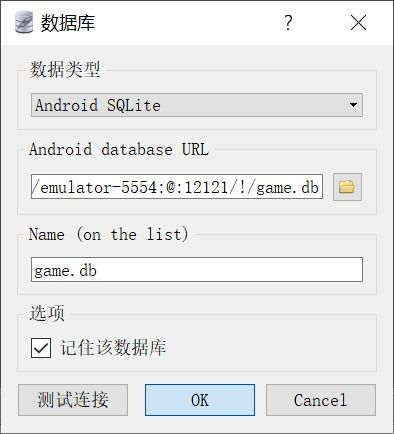SQLite数据库rowid: Understanding the Unique Identifier for Rows in SQLite
What is rowid in SQLite?

In SQLite, every row in a database table has a unique identifier known as the rowid. This internal identifier is critical for the efficient storage and retrieval of data within the SQLite database engine. Essentially, the rowid is a 64-bit signed integer that acts as a unique reference point for each record, allowing for streamlined data access and manipulation.
How rowid Works in SQLite
The rowid is automatically assigned when a new row is inserted into a table without explicitly defining a primary key. This unique ID helps to ensure that each row remains distinct, even across multiple tables and connections. If a table does not have a primary key specified, SQLite will create a hidden rowid column for that table. Conversely, if a table has a primary key defined that is not an integer or does not inherently ensure uniqueness, SQLite still maintains the rowid for internal use.
Each time a new row is inserted, SQLite increments the rowid automatically. When rows are deleted, however, the rowid of the deleted row is not reused; thus, subsequent rows will continue to increase in value. This ensures the integrity of references to rows across different operations within the database.
Benefits of Using rowid
Using rowid in SQLite presents several advantages. First, it allows for quick and efficient retrieval of records since accessing data using an integer index is significantly faster than using more complex data types. This enhanced retrieval speed is particularly beneficial for large datasets where performance can be a critical factor. Additionally, rowid supports a fundamental aspect of database normalization, allowing for the unified management of records without redundant identifiers.
Another significant benefit is that rowid incorporates easy access to additional SQLite features such as common table expressions (CTEs) and joins. By leveraging the rowid, developers can easily traverse relationships between tables, enhancing the overall database design and querying capability.
Rowid and Primary Key Relationships
When designing SQLite tables, the rowid interacts closely with primary keys. However, it’s essential to recognize the differences between them. If a primary key is defined for a table and it is of type INTEGER, SQLite uses that column as the rowid, resulting in dual-purpose usage. Using an integer primary key offers not just the benefits of efficiency in lookups but also naturally aligns with the rowid structure.
On the other hand, if a primary key is of a different type (such as text), the rowid will still exist as a separate entity. This allows for flexibility in database schema design. When a primary key is used, the database enforces uniqueness, while the rowid ensures each row can still be efficiently accessed through integer-based indexing.
Accessing and Using rowid
Accessing the rowid within your SQLite queries is straightforward. Simply reference the rowid in your SELECT statements. For instance, you can retrieve the rowid alongside the other columns in a table using a query like:
SELECT rowid, * FROM YourTable;This command will return all columns in the selected table along with their respective rowid values. Moreover, filtering or sorting your data based on the rowid can enhance the performance of your queries, as demonstrated in the following example:
SELECT * FROM YourTable WHERE rowid < 100 ORDER BY rowid ASC;This query will return all rows with a rowid less than 100, sorted in ascending order, allowing for rapid data access while maintaining clarity in your results.
Managing rowid in SQLite
Managing rowid involves understanding how to handle its implications when performing update and delete operations. When you delete a row, the rowid is not reused; thus, it’s essential to consider that over time, a table’s rowid values may become fragmented, particularly in databases with high insertion and deletion activity. However, SQLite handles this gracefully and maintains the integrity of the data.
When inserting new rows, make sure that your application logic considers the usage of rowid, particularly if any records need to preserve references to other rows. Using rowid in conjunction with foreign keys can help maintain data integrity across related tables.
Conclusion
Understanding the role of rowid in SQLite is essential for anyone looking to work effectively with this lightweight database engine. It serves as a powerful feature that enhances performance, aids in data management, and ensures efficient record access. By leveraging the rowid along with primary keys and appropriate query practices, developers can create robust and efficient database systems that fully utilize SQLite’s capabilities.
Whether you are building simple applications or complex database architectures, considering the implications of rowid can dramatically improve the functionality and efficiency of your database interactions.






